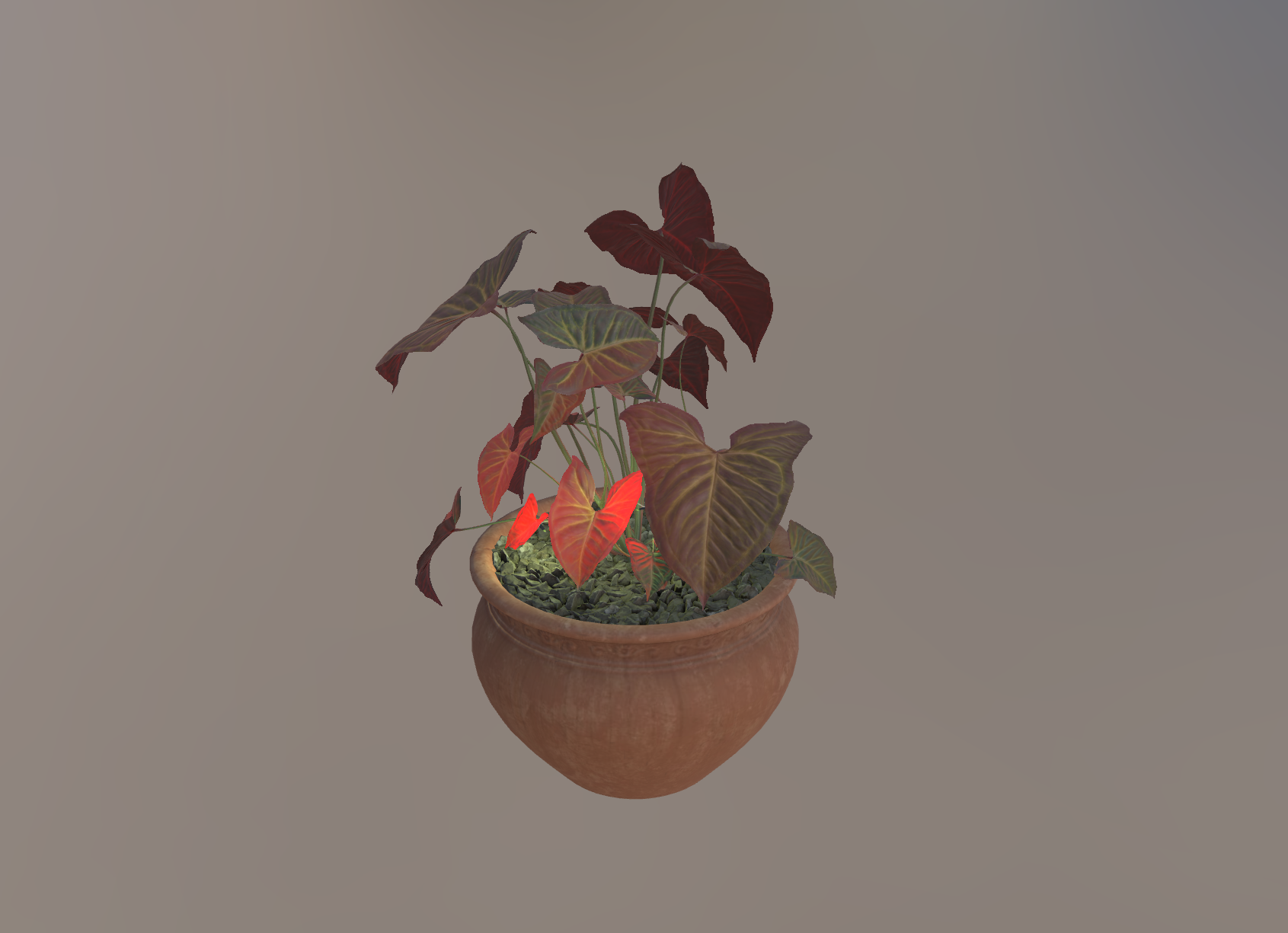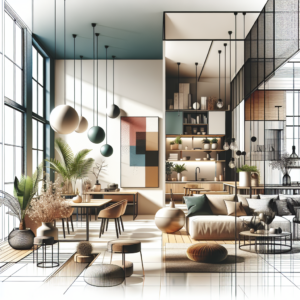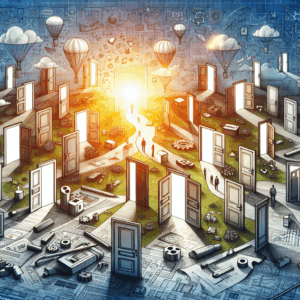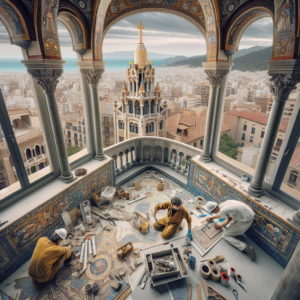The new version 8.0 of Babylon.js has arrived with significant updates that promise to make it easier for developers to create high-quality 3D experiences. Continuing its tradition of adapting to the latest technologies, this version offers full support for the glTF format, including the incorporation of the new KHR_materials_diffuse_transmission. This innovation allows for a more authentic and visually appealing representation of materials, an advancement that can transform the graphic quality of projects carried out with this platform.
Among the implemented improvements is an optimized exporter for glTF, which now allows users to export their Babylon scenes as glTF objects with access to the latest format extensions and functionalities. Additionally, new loading options have been unlocked for these objects, offering developers greater flexibility in managing assets within their scenes.
An innovative aspect of this update is the support for IES files, which describe how light emits from a lamp. This provides developers with new tools to control brightness and dimensions in their 3D spaces. Likewise, support for .usdz file export streamlines the process of creating augmented reality experiences on iOS devices, opening up new opportunities in this field.
Version 8.0 also includes the ability to perform mesh selections directly from the GPU, significantly improving performance by relieving the CPU load in more complex scenes. The new GPU-based Bounding Box calculation functionality frees up CPU cycles, further optimizing the overall system performance.
Another relevant aspect is support for the EXR texture format, which not only allows for the use of negative pixel values but also opens the door to more complex and sophisticated visualizations within Babylon.js. In terms of interactivity, the team is working on new additions that will allow for asset behaviors that can be used without depending on specific creation tools or engines.
Future advancements promise better support for WebXR, including depth sensing features. This will allow for overlaying computer-generated images on real-world visuals, enriching the interactive experiences that can be offered. The Babylon.js community, with over 500 contributors, continues to grow and contribute to the development of this powerful web rendering platform, promising more innovation on the horizon.
via: MiMub in Spanish











